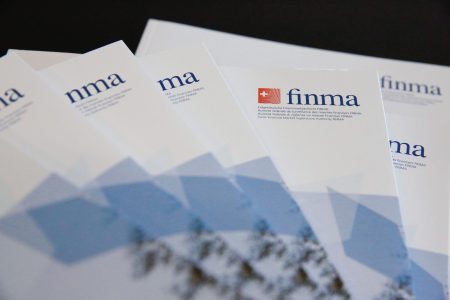What happened this week around blockchain and cryptocurrencies? The most relevant local and international events as well as appealing background reports in a pointed and compact weekly review.
Selected articles of the week:
In Switzerland, the Anti-Money Laundering Act (Geldwäschereigesetz, GwG) regulates measures for preventing money laundering and terrorist financing. According to this law, all financial intermediaries are obligated to adhere to specific due diligence requirements to detect suspicious activities at an early stage. Among other things, service providers must conduct customer identification (KYC) for foreign exchange transactions exceeding 5,000 CHF and cash transactions exceeding 15,000 CHF. Until the end of 2020, cryptocurrency transactions were subject to the same limits of 5,000 CHF per transaction as foreign exchange transactions. However, starting from January 1, 2021, the limit was reduced to 1,000 CHF, and in a partial revision by the Swiss Financial Market Supervisory Authority (FINMA) in May 2022, the limit was further specified as 1,000 CHF per month. Some industry representatives found the reasoning behind this change, citing “higher money laundering risks” associated with digital assets, to be insufficient. The decision by FINMA was deemed a questionable interpretation of the law without democratic processes and should be resolved in court, according to the official complaint filed by the Neuchâtel-based crypto-broker Bity. An overview of the legal dispute, including exclusive statements from both parties.
Neuchâtel-based crypto broker Bity is filing a complaint against FINMA over its recent Bitcoin regulations.
Investments in cryptocurrencies are often associated with short-term gains or losses due to the historically driven volatility of this asset class. However, astute investors understand that a solid investment strategy should have a long-term focus, necessitating an understanding of past price cycles. James Butterfill, an investment strategist and Head of Research at CoinShares, a crypto asset manager, examines the cyclical behavior of the crypto markets and appropriate diversification strategies to cope with the volatile nature of this asset class.
To make good long-term crypto investments there is a big significance of timing, diversification, and long-term investment strategies.
Stablecoins have become a systemically relevant instrument in the crypto markets. They offer a reliable digital representation of fiat currencies and are, therefore, present in all major trading pairs. Approximately 75% of the total trading volume on centralized exchanges (CEXes) includes a stablecoin. As a result, even the slightest deviation of the dominant stablecoins can cause a massive market shift. Consequently, there is concern that stablecoins have been particularly volatile since the beginning of 2023. The four largest digital dollars (USDT, USDC, DAI, and BUSD) have all experienced short-term peg losses. Additionally, the market is once again centralizing in favor of an offshore provider: Tether.
In a volatile year for stablecoins, market leader Tether (USDT) is gaining steady dominance; an analysis of the current market structure.
In response to the meteoric rise of FinTech solutions and stablecoins, central banks around the world are working on infrastructure for their own digital currencies. For instance, the US Federal Reserve launched its first real-time interbank settlement system called FedNow. The service is intended to operate in parallel with other long-standing payment services like Fedwire and FedACH but offers distinct advantages. FedNow allows consumers and businesses to have quick access to funds or make just-in-time payments, facilitating the management of cash flows in bank accounts. There are some similarities to early forms of central bank digital currencies (CBDCs). Could FedNow be the precursor to the digital dollar?
The U.S. Federal Reserve’s service provides instant payments and transfers to businesses and individuals with a FedNow account.
In addition: After three years of intense debates, the Worldcoin project entered the market this week. Founded by OpenAI’s Sam Altman, the initiative promises to reward users with Worldcoins (WLD) in exchange for scanning their irises. This is meant to create a unique identification system that can separate individuals from artificial intelligence (AI) on the internet. For critics, this appears as a dystopian nightmare straight out of a science-fiction movie, while proponents see it as a first response to the recent AI wave and its challenges.
Launched by OpenAI founder Sam Altman, the Worldcoin project goes live after three years of heated debate.









